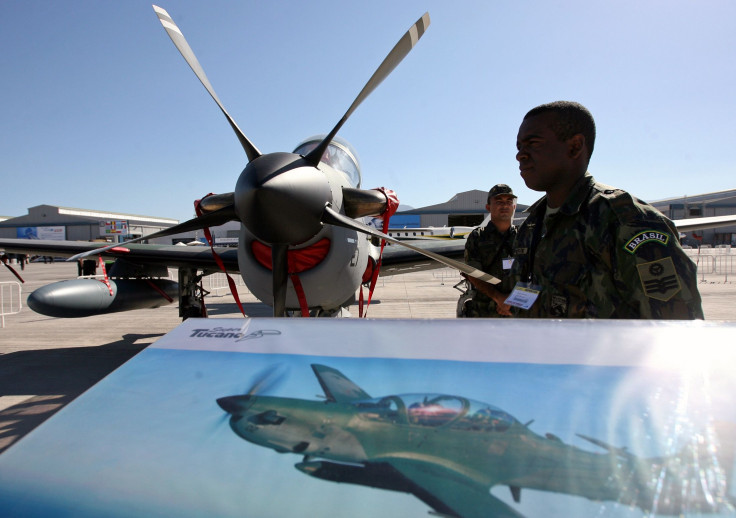The US Air War In Afghanistan May Never End

After 19 years of war in Afghanistan, the U.S. is working on a plan to draw down its troops. There are currently 13,000 active troops stationed in Afghanistan filling various roles for the United Nations, including positions of military advisers. One of the main tasks that Americans have been helping with is preparing Afghan military air traffic controllers, otherwise known as ATACS, that can help coordinate airstrikes against Taliban fighters.
There are severe problems with this plan. A recent defense department Inspector General report states that only 2.5-7.5% percent of airstrikes from Afghan MD-530 helicopters and A-29 Super Tucano aircraft involve coordination from tactical Afghan air controllers, and not U.S. forces.
Those numbers present a problem because most of the military action in Afghanistan are coordinated airstrikes. Since 2013 the United States has been working with the Afghan forces to train more than 80 ATACS, but that hasn't gone well. They've so far trained over 400 but as of writing of this article, there are only 24 active in the theater. A lot of this is because the country has been unable to initiate an acceptable training program to keep candidates trained and prepared for their roles.
Another critical issue is that the Afghan Air Force has only grown to 183 aircraft for the entire branch of the service: the McDonnell Douglas MD 530 helicopters, which are the premier attack vehicle being shipped to Afghanistan by its manufacturers, and the A-29 Super Tucano of which the Afghan Air Force has 15. There is an additional contract for 200 more of the aircraft to be manufactured by Northstar aircraft in Florida and shipped to Afghanistan and the theater of action within the coming year.
Coalition forces once trained pilots at Moody Air Force Base in Florida to fly the aircraft and they also trained maintenance technicians to maintain the aircraft. After so many years of training, U.S. forces should not have to play that role now.
U.S. forces are working steadfastly to try and pull out of the country, but peace negotiations with the Taliban have been deadlocked. In an attempt to force the Taliban back to the negotiating table, the U.S. has been consistently hammering them with airstrikes. On a positive note, the Afghan Air Force has been able to coordinate its own aircraft but there have been continuous problems with the Afghan Air Force and the Afghan National Army communicating and working together for successful military operations.
It does not appear that the U.S. will be pulling out anytime soon. Despite what the politicians may say we may be locked in a forever air war in Afghanistan.
© Copyright IBTimes 2025. All rights reserved.






















